

According to the Centers for Disease Control and Prevention (CDC), nearly half of adults have high blood pressure, with a higher prevalence among men (50%) than women (44%). Known medically as hypertension, this silent condition can increase your risk of heart attack, stroke, and other serious health problems.
The good news? Alongside medical guidance, adding yoga for high blood pressure to your routine can make a meaningful difference.
If you’ve been wondering, “Is yoga good for high blood pressure?”, the answer is a resounding yes. Research shows that consistent yoga practice can lower systolic blood pressure by 3–8 mmHg, improve circulation, and calm the nervous system. Even better, yoga is gentle, adaptable for all ages, and can be practiced conveniently at home.
Continue reading to:
Book a free 1-on-1 session with a certified instructor and experience the first-hand benefits of yoga for hypertension today!
High blood pressure, or hypertension, is a reflection of how your cardiovascular system is coping with daily stress, diet, and overall health. Yoga can address all three.
Yoga isn’t just “stretching.” When it combines postures, meditation, and breathing techniques, it has a measurable effect on blood pressure:
Yoga impacts blood pressure through several key mechanisms:
Breathing practices (pranayama) are especially powerful for lowering blood pressure. Lengthening your exhale activates your parasympathetic nervous system, signaling your body to relax and allowing blood vessels to widen. This can result in immediate, measurable drops in blood pressure.
Want to experience this for yourself? Continue reading to discover proven and effective yoga poses and breathing techniques for high blood pressure!
These research-backed yoga poses are specifically chosen for their ability to calm the nervous system, improve circulation, and ease stress without placing strain on the heart:
This pose promotes relaxation and a sense of well-being, helping to regulate breathing and lower blood pressure.
Safety Tip: Sit on a folded blanket if your hips are tight.

This gentle spinal flow improves circulation, reduces back tension, and encourages mindful breathing.
Safety Tip: Avoid jerky movements; keep transitions smooth.
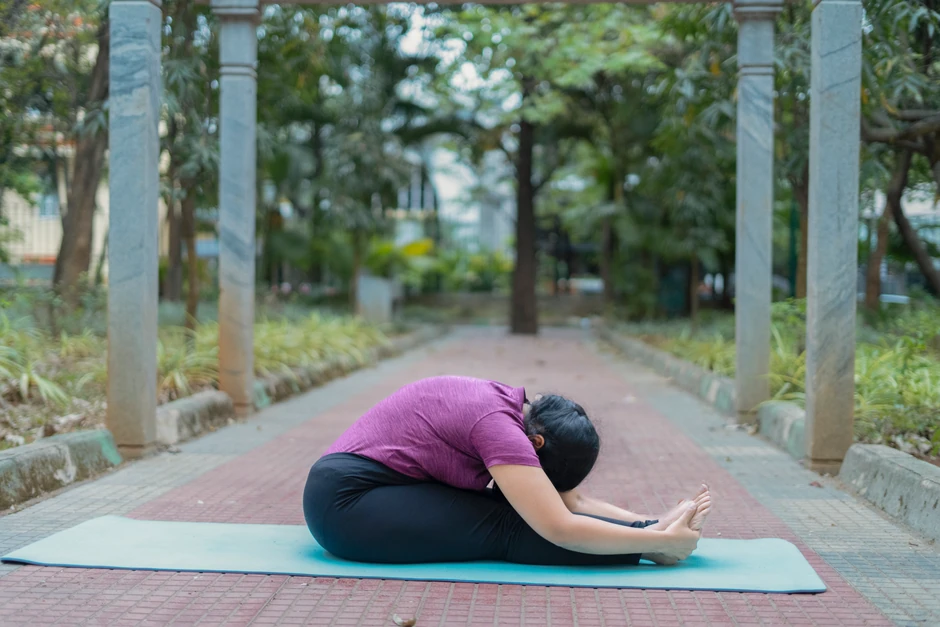
Forward bends quiet the mind and release tension in the back.
Safety Tip: Keep knees slightly bent if hamstrings are tight.
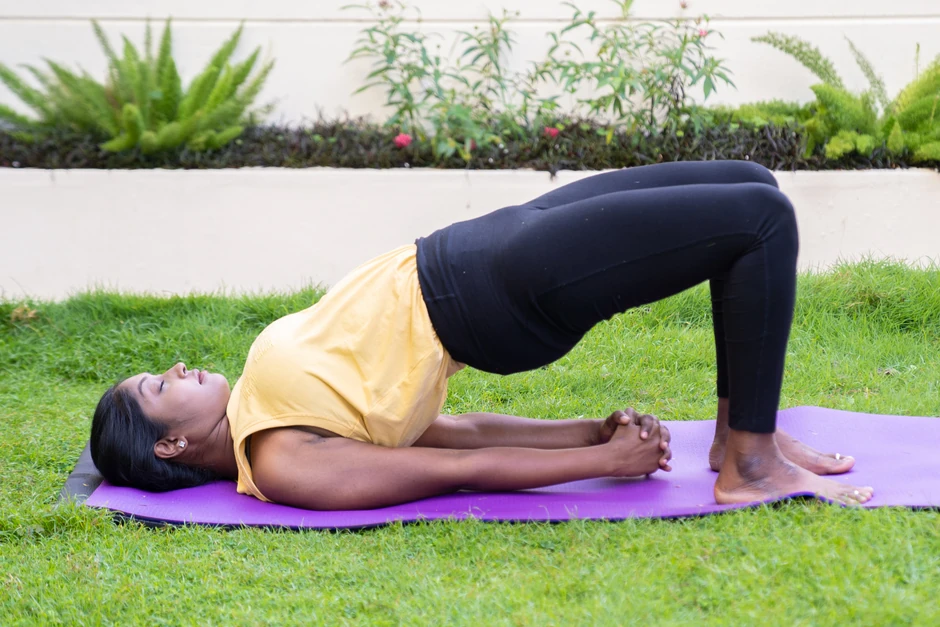
This heart-opening pose strengthens the back, opens the chest, and supports healthy breathing.
Safety Tip: Avoid straining; use a yoga block under the sacrum for support.
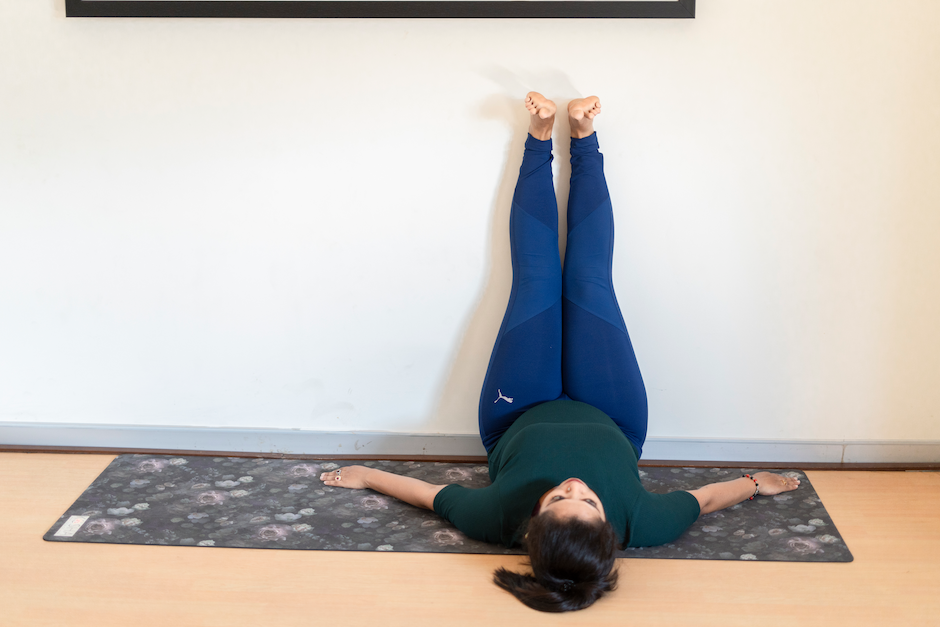
This gentle inversion promotes circulation, reduces swelling, and calms the nervous system.
Safety Tip: Avoid if you have severe glaucoma or recent eye surgery.
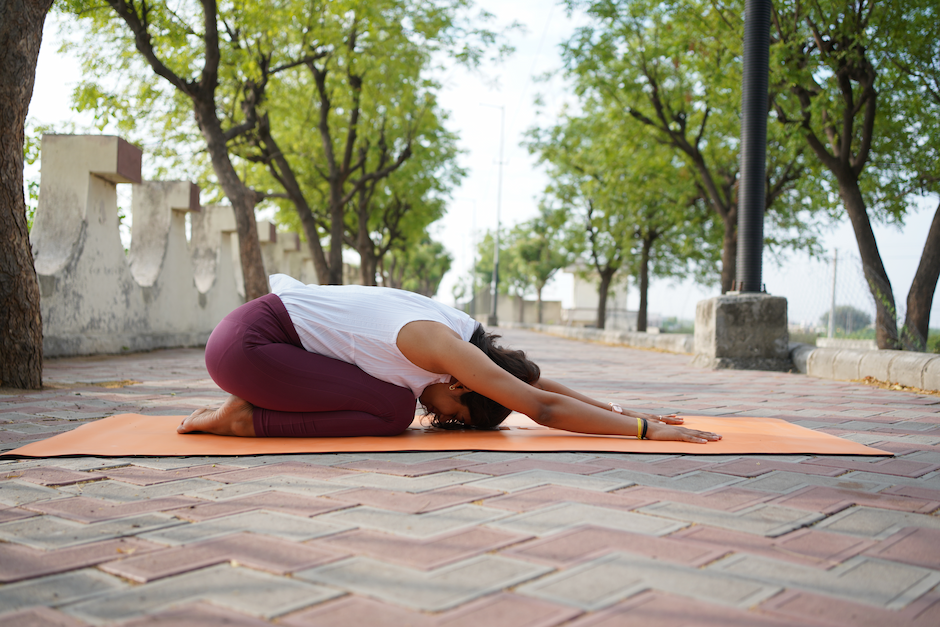
This pose calms the mind, relaxes the spine, and activates the parasympathetic nervous system.
Safety Tip: Keep your knees wider if you have abdominal discomfort.
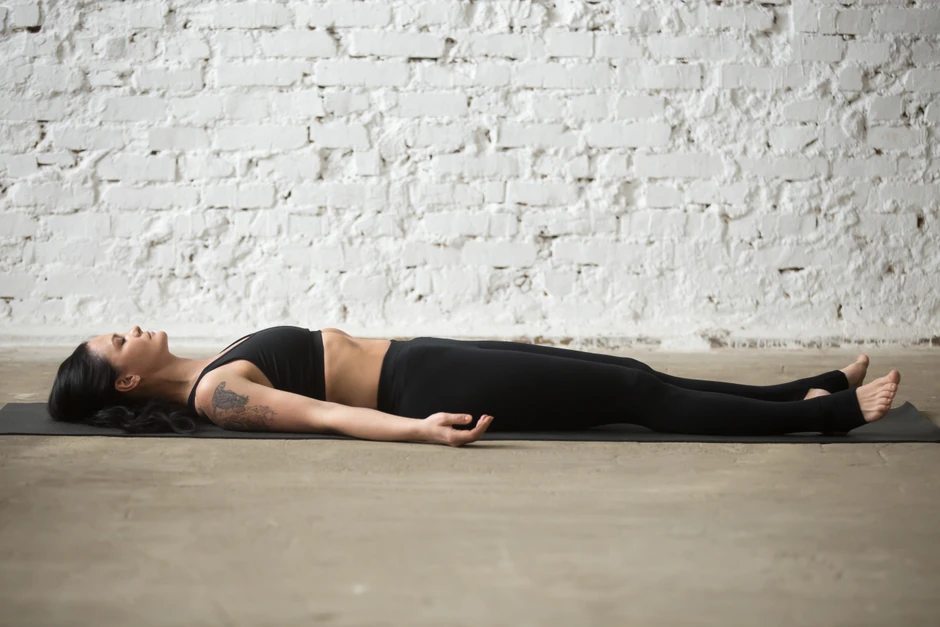
This pose allows the body to deeply rest, lowering heart rate and blood pressure.
Safety Tip: Use a pillow under the knees if you have lower back discomfort.
Not sure how to start? Sign up for a free trial and learn these poses with 1-on-1 guidance, real-time feedback, and cues on proper form and alignment.
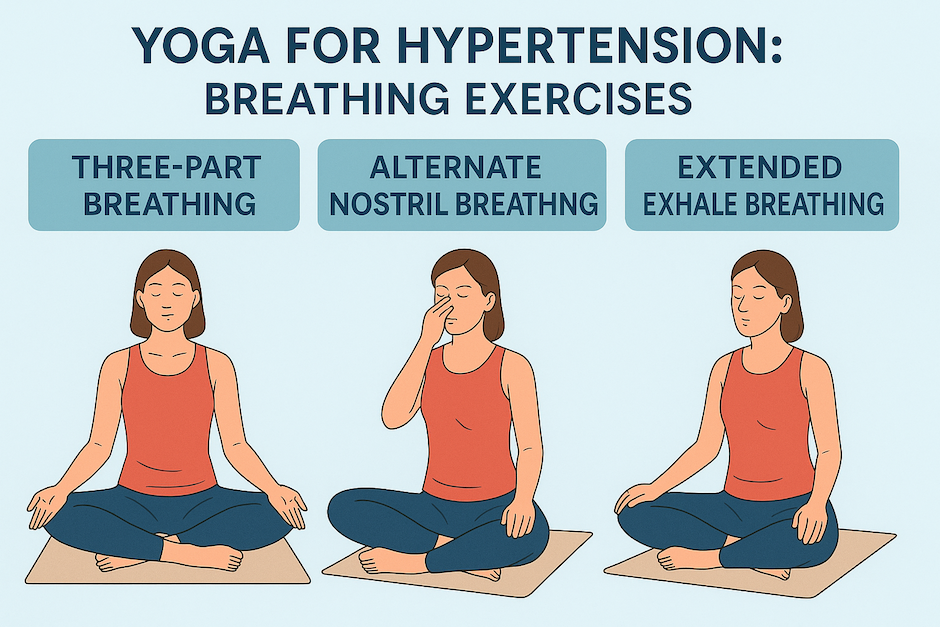
Yogic breathing techniques (pranayama) can directly impact your cardiovascular system. By slowing and deepening your breath, you activate your parasympathetic nervous system, which helps lower your heart rate and relax blood vessels.
A study found that 54% of participants practicing yogic breathing lowered their blood pressure by at least 5 points. These techniques are safe for beginners and can be practiced daily.
This breathing exercise encourages full oxygen exchange, calms the mind, and relieves physical tension.
Tip: Place one hand on your belly and one on your chest to guide awareness.
This technique lengthens the exhale, signals the body to relax, and can trigger immediate drops in blood pressure.
Tip: If 4–8 feels challenging, start with 4–6 and gradually increase.
This breathing technique balances the nervous system and promotes deep relaxation without breath retention.
Tip: Avoid breath-holding if you have uncontrolled high blood pressure.
It’s best to combine one or more of these techniques with your daily yoga practice for optimal results. Even just 10 minutes a day of mindful breathing can improve your cardiovascular health over time.
To learn more breathing techniques under expert guidance, try this group class on Breathing and Meditation.
If you’re new to yoga and managing hypertension, choosing the right yoga style is key. Some yoga practices are gentle and restorative, making them ideal for lowering blood pressure, while others may be too intense. Here are the most effective and beginner-friendly styles:
Best for: Beginners who want slow, steady progress.
Learn more about Hatha Yoga in this detailed guide!
Best for: Deep relaxation and stress relief.
Learn some calming Restorative Yoga Poses with Props here!
Best for: Precision and safe alignment.
Best for: Anyone with limited mobility or balance concerns.
The safest approach is to begin with a gentle style and progress gradually under the guidance of a certified instructor.
It’s also best to avoid high-intensity styles like Power Yoga, Hot Yoga, or advanced inversions unless approved by your doctor.
To make sure you practice safely and obtain maximum benefits from your practice, book a 1-on-1 session with an experienced coach!

Yoga can be a powerful tool for lowering blood pressure, but safety comes first — especially if you’re new to the practice or have other health conditions. Follow these guidelines to ensure maximum safety and effectiveness.
If you’re unsure whether a pose or breathing exercise is safe for you, practice under the guidance of a certified yoga teacher.
At MyYogaTeacher, our certified instructors specialize in therapeutic yoga for cardiovascular health. They are skilled at creating personalized, safe yoga routines that deliver lasting results.
Take the first step today! Book your free 1-on-1 trial session with a certified yoga coach and get relief from high blood pressure!
Yes. Research shows that yoga can lower blood pressure by an average of 3–8 mmHg. This effect comes from reducing stress hormones, improving circulation, and promoting deep relaxation. Yoga also supports overall heart health, making it an excellent complementary approach alongside medical treatment.
Studies suggest that practicing yoga about five times per week for at least 30–60 minutes can lead to noticeable improvements.
No. Yoga is a complementary therapy, not a substitute for prescribed medication. Always follow your doctor’s advice. Yoga can, however, enhance your treatment plan and may allow for reduced medication over time — but only under medical supervision.
The most effective techniques are:
These methods activate the parasympathetic nervous system and calm the cardiovascular system.
Yes. Chair yoga for high blood pressure is a safe, accessible option for people with limited mobility or balance concerns. It allows you to practice gentle stretches, breathing, and relaxation without needing to get down on the floor.
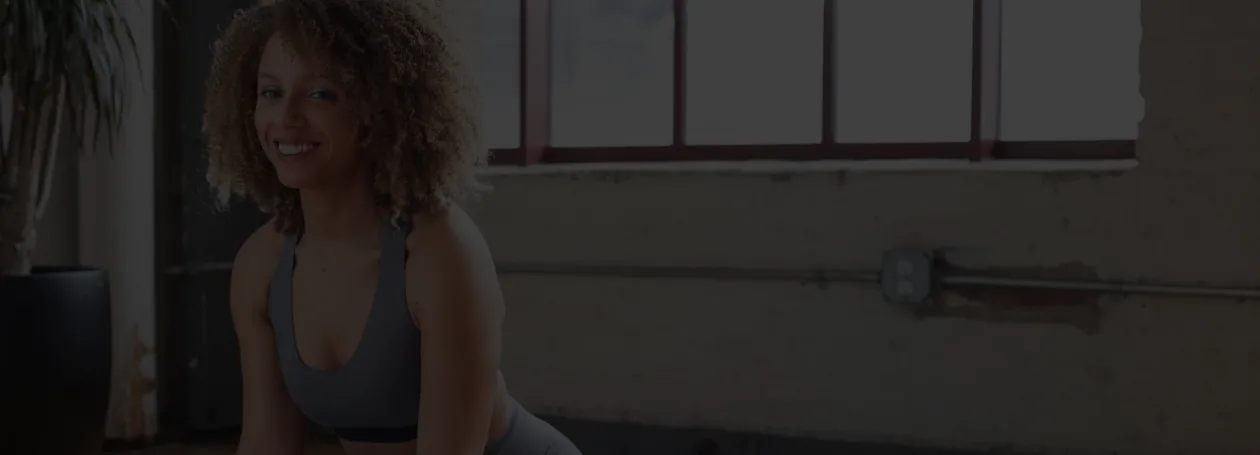
Receive personalized guidance tailored to your unique fitness goals, live with a dedicated coach—no credit card required.